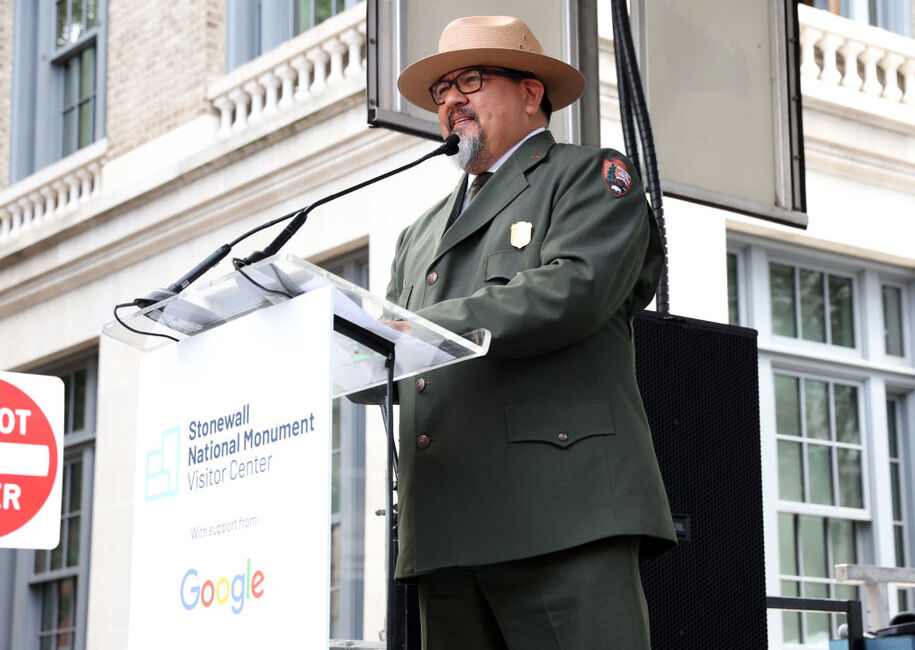
“We have the largest outside classrooms in the United States, in managing 85 million acres. And so I think it’s important that we bring these conversations forward, and we let people think for themselves to determine how that relationship is going to play itself out.”
That includes expanding that relationship to people who have for too long been on the sidelines of this particular discussion.
With tribal communities and other people of color, we want to ensure that everybody actually sees themselves in the parks. So we’re looking at that with tribes, of course, but we’re also looking at it with the African American community, the Latino community, the Asian community, the LGBTQ [community], to ensure that they can tell their story in the parks. They will still go through rigorous academic review. That’s part of the process that the National Park Service has done so well.
In September, the NPS issued new guidance to strengthen the role of American Indian, Alaska Native Tribes, and the Native Hawaiian Community in federal land management and integrate native approaches to stewardship into park practices. That includes the co-management of federal lands with NPS, the Forest Service, and Bureau of Land Management.
The co-management plan has already begun at Bears Ears National Monument in southeastern Utah. Sams explains that tribes benefit through this partnership in that “they’re exercising either their treaty rights or pre-existing Indigenous rights that they’ve always had, managing these lands for thousands of years.”
“But more importantly, it is the recognition by the federal government, through Secretarial Order 3403, that we have a trust responsibility as a federal agency to ensure that we’re upholding those rights for tribes.” The land and the government benefit from the stewardship of the people who are “back on the landscape where they have that reciprocating relationship between the flora and the fauna that they’ve managed as horticulturalists since time immemorial.”
There are some 80 agreements with tribes in place, and Sams is excited about the potential and the projects themselves. “At Acadia (National Park), we’re working on sweetgrass propagation with the tribes,” he explained. “We’re working with the tribes of the Seminole down in the Everglades on traditional plant use and propagation. At Yellowstone, Superintendent Cam Sholly works with 49 different tribes who have an interest in bison.”
I’m trying to work, again, [at] getting us back in balance, ensuring that we go from a structure that really was about dominance, to one that is about stewardship. What I see is a younger generation of rangers and staff coming up who are also striving for that balance, wanting to be the good stewards of those resources while ensuring that there’s a human presence.
